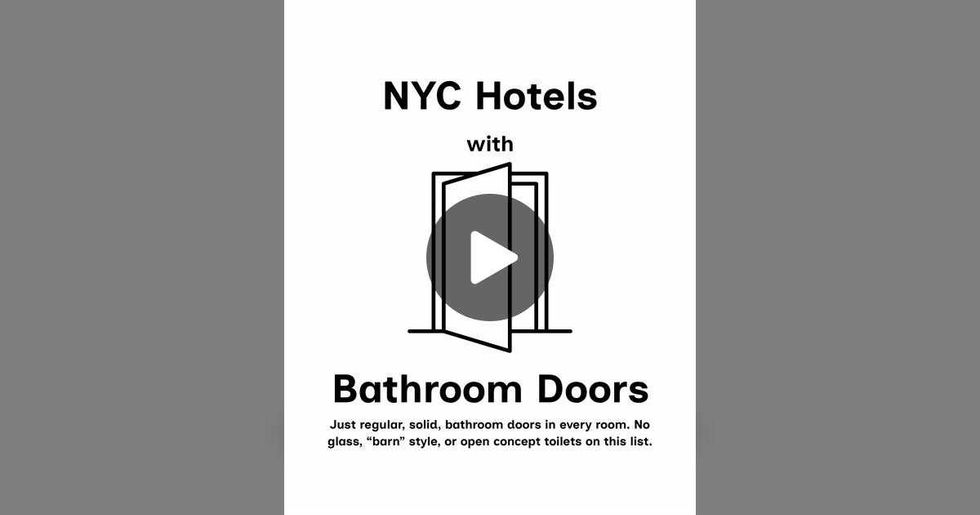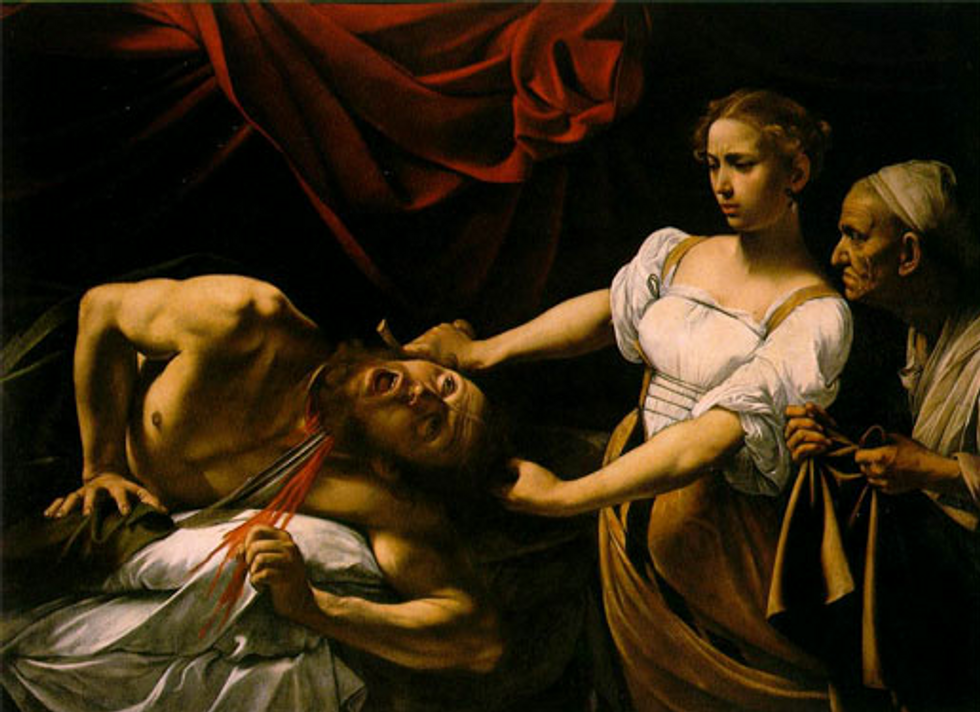The fashion industry has routinely been characterized as frivolous and superficial, but it isn’t always rooted in materialistic consumption. In fact, fashion has often reacted to and reflected its social and political environments.
Laid-back hippie counterculture bloomed in the 1970s in resistance to stricter, more tailored fashions of the 1960s, reflecting the era’s emphasis on self-expression and freedom, as well as mounting disapproval of American involvement in the Vietnam War. Aggressive punk style also surfaced in the ’70s, rising alongside its synonymous music scene, and was bold and deliberately offensive. It reflected the attitudes of young people who were frustrated with conservatism, the establishment, and materialism. Grunge was birthed from the anticonsumer, antifashion, nonconformist movement of the 1990s. Popularized by bands like Nirvana and Pearl Jam—whose lyrics spoke of detachment, loneliness, angst, and fear—artists dressed in inexpensive clothing from thrift and army surplus stores, in attempts to separate themselves from the glamour normally associated with musicians and strive instead for authenticity.
And so, early in January, British fashion designers continued this very tradition during the London Fashion Week Men’s Fall 2017 presentations, debuting politically charged collections emblematic of current turbulent and divided times, marked by deteriorating race relations, anti-immigration sentiment, growing income inequality, and even the worrisome rise of fake news.
Daniel W. Fletcher
On June 11, 2016, just weeks before the European Union referendum took place, designer Daniel W. Fletcher staged an anti-Brexit protest outside the venue of his Spring/Summer 2017 show, where models donned baseball caps and tracksuit jackets emblazoned with “STAY” and carried flags and posters urging citizens to vote to remain in the European Union. The results did not favor Fletcher’s plea, and he followed up this season with a collection designed for the post-Brexit world. Leather patchwork—a metaphor for unity in a broken and divided social and political landscape—is a recurring design in his ‘70s-inspired collection. Another highlight was a series of inverted suits that Fletcher imagined as an unorthodox uniform for the next generation of young activists. Models stood on elevated platforms surrounded by flyers from Fletcher’s promotional campaign—carrying messages for today’s disenfranchised youth—which stressed the gravity of sustaining and bolstering efforts in youth political involvement. “After such a turbulent year in politics—and all of the xenophobia—I wanted to send out a positive message,” Fletcher explained to Vogue.
Wales Bonner
Rising rapidly in the ranks of the fashion industry, Jamaican-British designer Grace Wales Bonner offered up a celebration of diversity for her much anticipated sophomore collection, titled “Spirituals II.” Her work often references her mixed racial identity, and Bonner has been touted as a radical designer redefining the way we think about gender and race. For “Spirituals II,” she presented black masculinity in a delicate and poetic manner that is seldom seen—both on the runway and in media. In addition to drawing from her south London upbringing, Bonner was also inspired by the streets of Senegal—where she had stayed on a retreat at the Josef Albers Foundation—and Renaissance portraiture. The result was a mix of billowy white robes, Renaissance-inspired head coverings—made in collaboration with British milliner Stephen Jones—and loosely cut suits. A diverse cast of models dashed down the runway to a jarring soundtrack by Elysia Crampton, a Bolivian-American experimental electronic musician whose politically influenced work explores queer identity, spirituality, colonialism, and transformation. Even the stereos blaring Crampton’s music were consciously curated, borrowed from the Notting Hill Carnival—an annual event that celebrates Afro-Caribbean cultures and traditions. In the final walkthrough, models pinned their hands to their chests—a small, but impactful gesture symbolizing honor and dignity. At a time when diversity is often nothing more than a publicity stunt for some brands, Bonner’s show—by contrast—was earnest and beautiful, which may help explain her quickly accumulating acclaim.
Matthew Miller
Anti-establishment, anarchistic designer Matthew Miller’s collection, titled “Fear Itself,” was a bleak response to a time when appeals to emotion and prejudice trump factual information. As such, Miller’s parachute harnesses, leather motorcycle jackets, and quilted bombers provide the modern-day armor necessary for survival in a tumultuous political and social climate. “It’s about how a generation are a product of fear politics in a post-truth world,” Miller said to Vogue. “It has created a collection of individuals who are afraid to act.” Models faces were painted red to mimic blood, which—paired with red accessories—added a bold thrust of color into an otherwise neutral palette. Closing out the show, models carried monstrous black and red flags down the runway.
Christopher Shannon
“How can it not affect me?” asked designer Christopher Shannon after his Fall/Winter runway show, referencing the results of the EU referendum. The collection, an ode to ‘90s sportswear, included satirical sweat suits, puffer jackets, shredded denim, and flyaway jeans. Models wore flags—created in collaboration with design duo James Theseus Buck and Luke Brooks of Rottingdean Bazaar—to mask their faces, which was inspired by soccer fans who paint their faces to express unbridled pride and support for their teams. The flags were shredded to represent disintegrating international relations of our post-Brexit reality. Parodying brands like Calvin Klein, Timberland, and Hugo Boss International, Shannon replaced the iconic CK logo with “CS” for Constant Stress, “Tumbleweed” for Timberland, and “LOSS International” in place of Boss International. The tongue-in-cheek imitations shed light on deepening feelings of anxiety, stress, and loss of control, which are sure to be amplified in an era where racism, xenophobia, homophobia, Islamophobia, and nationalism are on the rise.
And beyond the Brits, creative director Demna Gvasalia presented Balenciaga Men’s Fall/Winter 2017 last week during Paris Fashion Week. Inspired by “the subject of corporate dressing,” some looks from the collection even paid homage to Bernie Sanders—the anti-Establishment, self-proclaimed democratic socialist. Sanders’ unmistakable presidential campaign logo was present on Gvasalia’s designs, but “Balenciaga 2017”—rather than the politician’s name—was adorned on t-shirts, jackets, pins, and scarves.
And so, as the practice of designers drawing inspiration from politics continues, we’d do well to keep an eye on the runway, since it seems designers will have an abundance of inspiration, for better or worse.
Photos courtesy of Flickr user Gage Skidmore (left) and Instagram user bespoke.ben (right)
















 TikTok · Bring Back Doors
TikTok · Bring Back Doors 



 Label for Middle Earth Organics' Organic Tomato & Porcini Mushroom Sauce
Label for Middle Earth Organics' Organic Tomato & Porcini Mushroom Sauce "Judith Beheading Holofernes" by Caravaggio (1599)
"Judith Beheading Holofernes" by Caravaggio (1599)